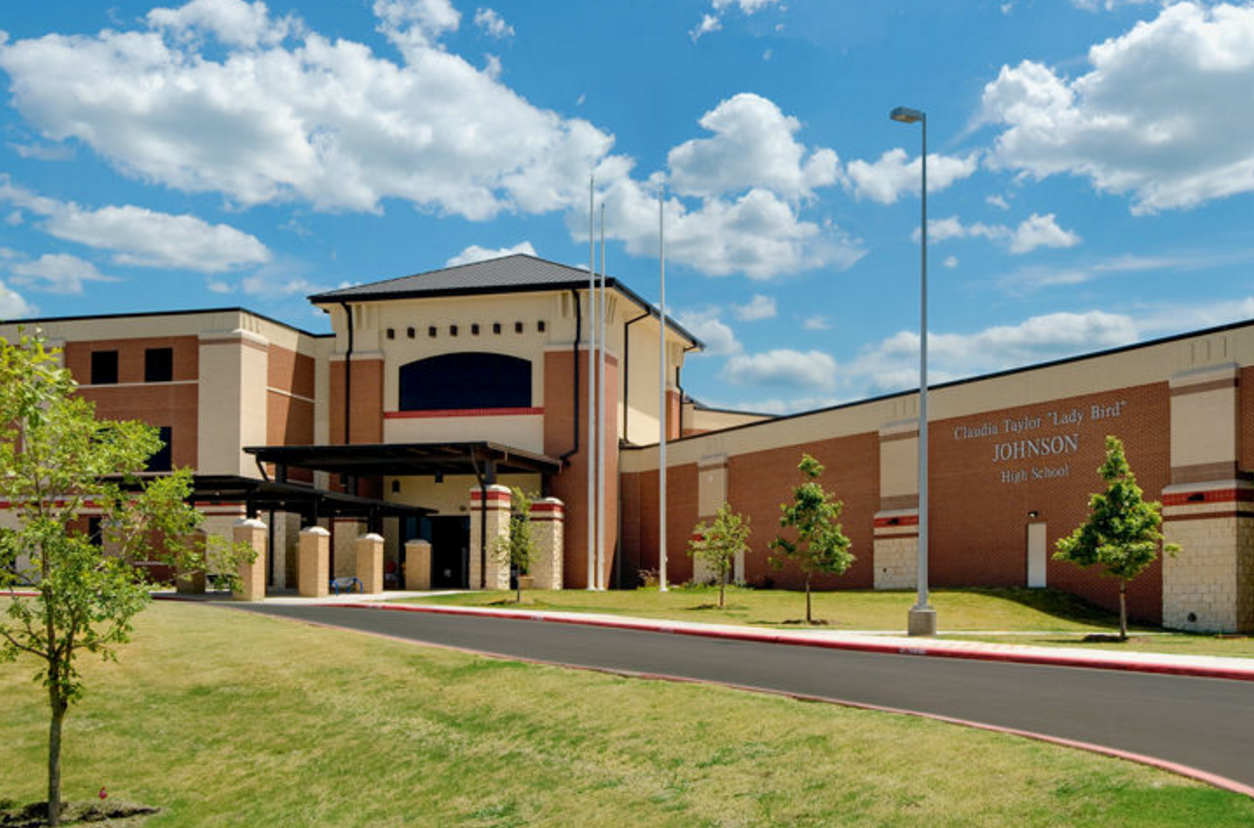by Caitlin Blackmon | feature editor
Since the BYOD program was implemented, senior Nick Cryer has observed several posters around school advertising BYOD and explaining what it means for students.
“Yes, I’ve seen it on posters around the campus. I always bring my own device when possible,” Cryer said.
However, not every teacher has to implement the program into their classroom. Whether they choose to use more technology in the classroom is up to them.
“BYOD is benefitting students on a varied basis right now, depending on how comfortable the instructor is with enabling the students to utilize technology,” AVID teacher Addie Garcia-Dubravec said.
However, if teachers choose to do so, Garcia-Dubravec believes that implementing technology in the classroom excites students.
“I think a lot of the students have enjoyed being able to use their own devices,” Garcia-Dubravec said.
The use of technology hasn’t necessarily changed much in every classroom, aside from the addition of the school wifi.
“Since we’ve actually always been very lucky to have chromebooks in the college prep program, our use of technology hasn’t necessarily increased per say,” Garcia-Dubravec said.
BYOD has allowed teachers to make more flexible lesson plans since most students have a device. This way teachers don’t have as much of a hassle when technology fails or arrangements fall through.
“I think it’s allowing more people to participate when we do Kahoot,” French teacher Kacee Saylors said. “If I haven’t reserved the iPad cart or something, then a lot of times, not all of them could participate. So I think it’s letting more of them take part in what we’re doing.”
Now that students can use their own devices, they have more freedom to use their knowledge of technology to customize projects or activities.
“I think they like being able to get on and put their [own personal] pictures when we do projects,” Saylors said. “I think they like being able to personalize their own projects that way.”
With something as liberating as BYOD, there is always the temptation to stray from the assigned task and abuse the privilege.
“Some students are stronger self-disciplinarians than others. Others, as soon as they have their phone in their hand, they just can’t help but go to Instagram or other social media,” Garcia-Dubravec said.
Student reaction to the new program is one of the most important parts. Junior Ashnoor Bhai expressed a way teachers could make the transition easier by implementing technology to benefit students.
“It’s just inconvenient because sometimes you have to physically turn in something,” Bhai said. “And let’s just say that you can’t make it at the time. Teachers could definitely find a way to PDF the assignment instead of having to go to teachers and get the assignment.”
Another issue some students have encountered is doubt in the security of the system. Students have raised these concerns to teachers, explaining why they don’t want to use the wifi on their own personal devices.
“[The school could work on not tracking] what we did. If they stopped that, I would probably use it,” Bhai said.
It’s become apparent to teachers that security concerns outweigh the benefits of using the wifi, at least for the unwilling students.
“One problem is a lot of students think the school can see a lot of personal information, so they’re telling me they don’t want to get on the wifi,” Saylors said.
There’s always room for improvement, and Cryer believes that teachers could improve on how they go about incorporating the larger extension of technology into the classroom.
“[Teachers could work on] Incorporating the vast wealth of the internet into a genuinely fun and innovative experience.”


 CTJ Faculty Directory
CTJ Faculty Directory